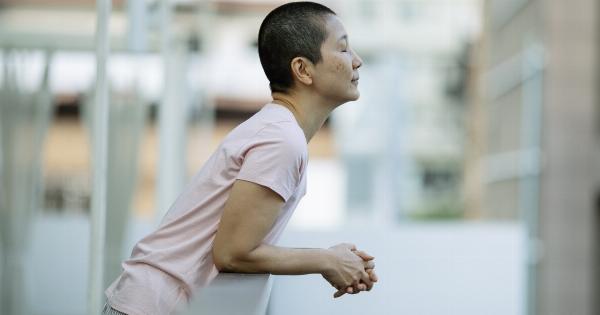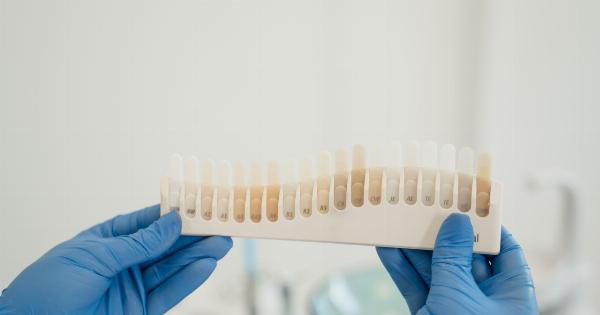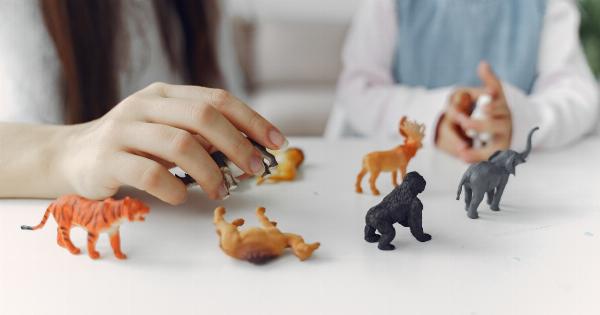Autism is a complex neurodevelopmental disorder that affects millions of individuals worldwide. It is characterized by difficulties in social interaction, communication challenges, and repetitive behaviors.
As researchers strive to better understand autism, various studies and experiments have been conducted to shed light on this condition. One such experiment is the hugging experiment, which aims to explore the sensory experiences and reactions of individuals with autism to physical touch, specifically hugging.
What is the Hugging Experiment?
The hugging experiment involves observing and analyzing the responses of individuals with autism when they are hugged.
It aims to understand their sensory experiences during physical touch and how they react to different types of hugs, pressures, and durations.
Individuals with autism often have sensory processing differences, meaning they experience sensory stimuli differently from neurotypical individuals. These differences can manifest in hypersensitivity or hyposensitivity to sensory input.
The hugging experiment aims to uncover how individuals with autism process and react to the sensory input associated with hugging.
The Importance of Understanding Sensory Experiences in Autism
Sensory experiences play a crucial role in the daily lives of individuals with autism. Certain sensory stimuli can be overwhelming and trigger anxiety or meltdowns, while others can provide comfort and a sense of security.
Understanding how individuals with autism perceive and process sensory information is essential for creating supportive environments and designing effective interventions.
The hugging experiment serves as a window into the sensory experiences of individuals with autism. It provides valuable insights into how physical touch, such as hugging, is experienced, interpreted, and tolerated.
Methods of the Hugging Experiment
The hugging experiment employs various methods to gather data on the sensory experiences of individuals with autism. These include:.
1. Participant Selection
Participants for the hugging experiment are carefully selected based on diagnosis and age. The experiment may include individuals across the autism spectrum, from mild to severe cases, to capture a wide range of responses.
2. Controlled Environments
The experiment takes place in controlled environments free from external distractions. This ensures that the data collected is solely focused on the sensory experiences of hugging.
3. Different Hugging Techniques
The experiment involves testing different hugging techniques. This may include variations in duration, strength, pressure, and types of hugs such as side hugs or bear hugs.
By examining various hugging styles, researchers can gain a comprehensive understanding of the sensory preferences and sensitivities in individuals with autism.
4. Data Collection and Analysis
During the experiment, researchers observe and record the participants’ reactions to different hugging stimuli.
The data collected may include behavioral observations, self-reporting (if the individual with autism is capable), changes in physiological measures (such as heart rate or skin conductance), and verbal or non-verbal cues of discomfort or pleasure.
Once the data is collected, thorough analysis is conducted to identify patterns, trends, and individual differences in sensory experiences.
This analysis helps researchers draw conclusions and make recommendations for supporting individuals with autism in various settings.
Findings of the Hugging Experiment
The hugging experiment has revealed valuable findings about the sensory experiences of individuals with autism. While each individual is unique and may have different preferences, some common trends have emerged:.
1. Sensitivity to Pressure
Many individuals with autism have reported sensitivity to pressure. Firm or tight hugs may cause discomfort or even pain, while gentle hugs or pressure may provide a sense of security and comfort.
It is crucial to respect an individual’s sensory preferences and provide appropriate support during physical contact.
2. Variability in Sensory Experiences
The hugging experiment has uncovered the wide variability in sensory experiences among individuals with autism. While some may be hypersensitive to touch, others may seek deep pressure and enjoy tight hugs.
It is essential to recognize and accommodate these differences to promote well-being and avoid sensory overload.
3. Personalized Sensory Strategies
Based on the findings of the hugging experiment, researchers and professionals have been able to develop personalized sensory strategies to support individuals with autism.
These strategies may include the use of weighted blankets, deep pressure techniques, or alternatives to physical touch, such as hand squeezes or fidget tools.
Implications for Autism Support and Interventions
The insights gained from the hugging experiment have significant implications for autism support and interventions. By understanding the sensory experiences of individuals with autism, professionals can:.
1. Tailor Therapies
Therapies and interventions can be tailored to the sensory preferences and sensitivities of individuals with autism. This personalized approach ensures that the strategies used are effective and well-suited to the individual’s needs.
2. Create Sensory-Friendly Environments
Knowledge of sensory experiences aids in creating sensory-friendly environments that minimize overwhelming stimuli and provide sensory support.
Simple adjustments, such as reducing bright lights or providing quiet spaces, can greatly improve the well-being of individuals with autism.
3. Foster Understanding and Acceptance
The hugging experiment contributes to fostering understanding and acceptance of individuals with autism.
It highlights the importance of respecting sensory differences and encourages neurotypical individuals to approach physical contact with empathy and compassion.
Conclusion
The hugging experiment serves as a valuable tool in understanding the sensory experiences and reactions of individuals with autism to physical touch.
By shedding light on these experiences, researchers and professionals can develop tailored interventions, create inclusive environments, and promote understanding and acceptance. Through continued research and experimentation, we can continue to improve the quality of life for individuals with autism.



























